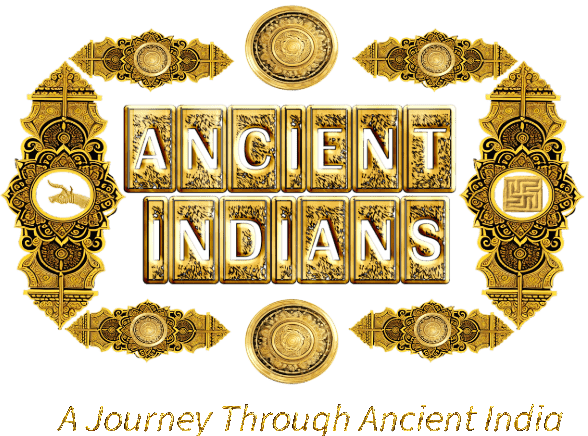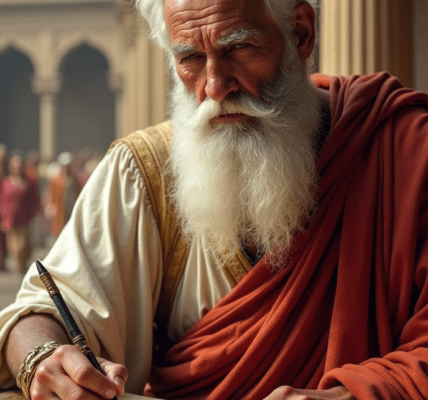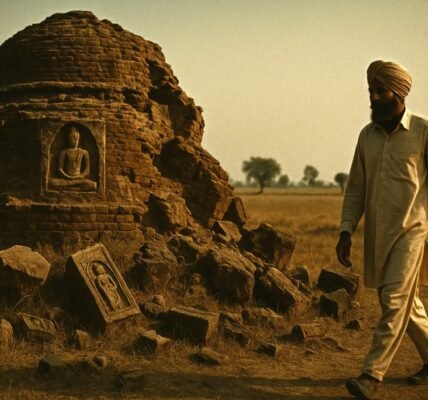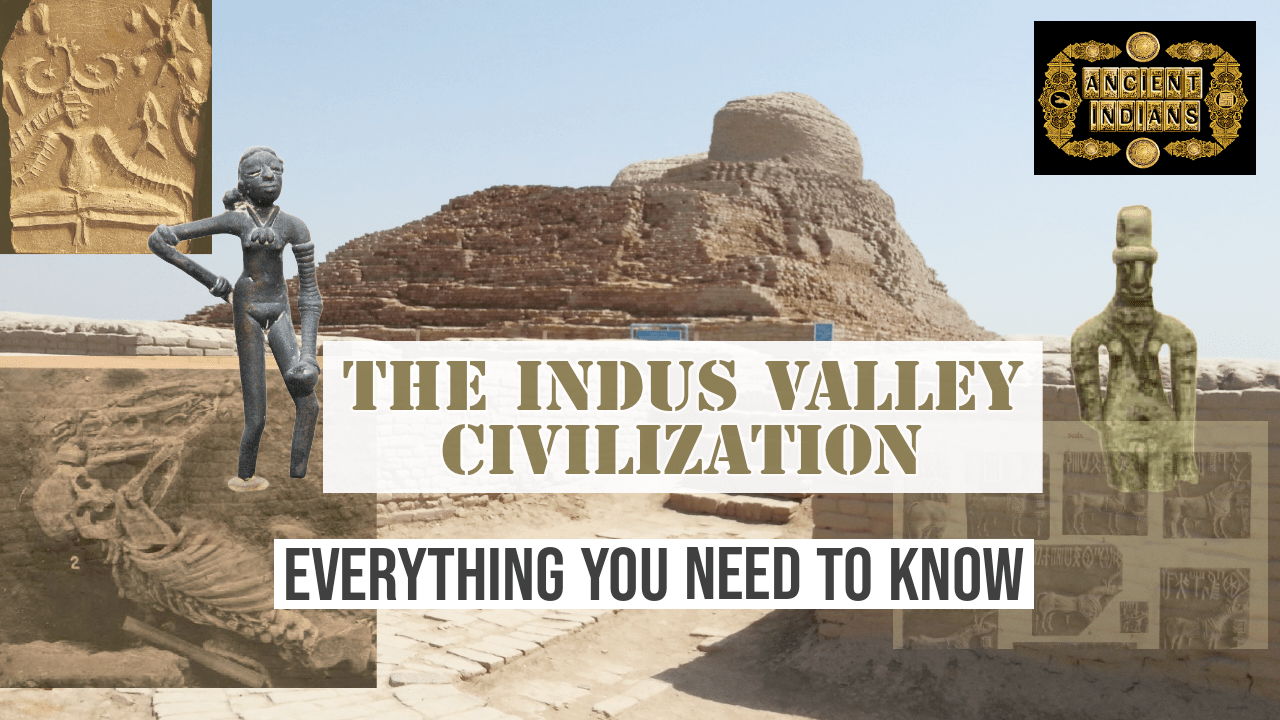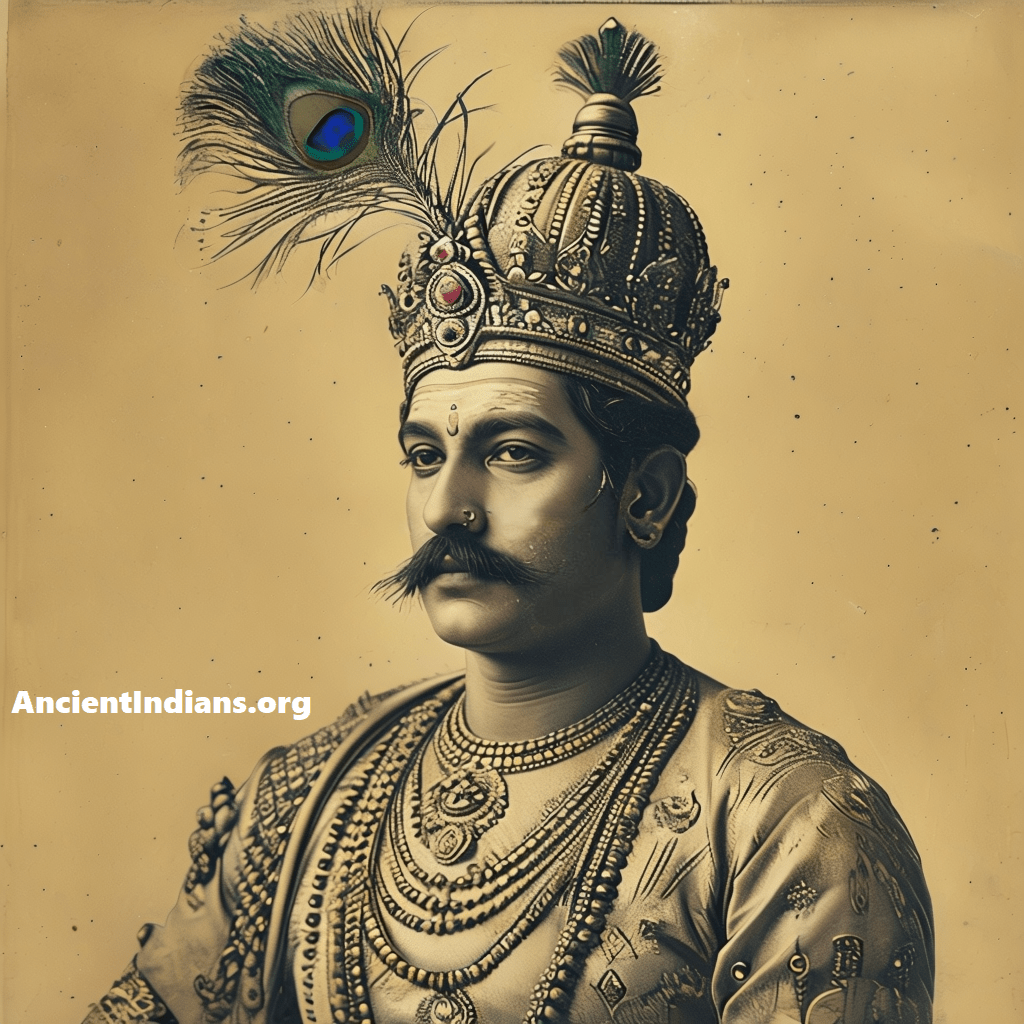
Chandragupta Maurya’s life and times are a subject of extensive historical interest, marked by a complex interplay of fact, legend, and interpretation. He is widely regarded as the first historical emperor of India. While earlier kings like Rama, Bharata, Yayati, Ajatashatru, Bimbisara and kingdoms such as Kuru, Panchala, Kosala, and Magadha existed, their historical details are either unverifiable or limited.
In contrast, Chandragupta Maurya’s empire, administration, and achievements are well-documented, making him the earliest Indian ruler with a historically recorded reign. He laid the foundation for the Mauryan Empire, the largest and most significant in documented ancient Indian history. His story, pieced together from fragmented literary sources and archaeological evidence, reveals a figure whose life has been continuously reshaped and reinterpreted across centuries.
Origins and Early Life
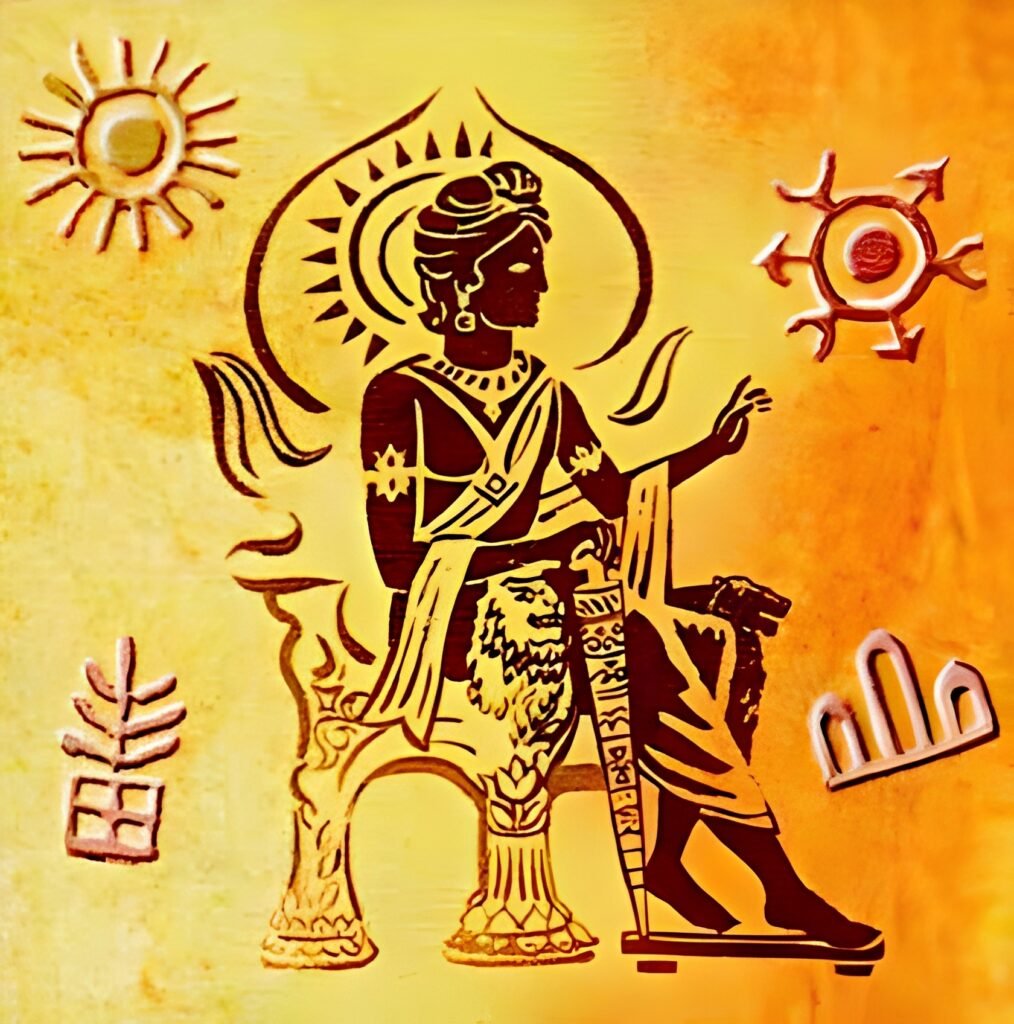
The details of Chandragupta’s birth and early life remain ambiguous, with various sources offering differing accounts of his lineage. Some texts portray him as a member of the Kshatriya caste, the traditional warrior and ruling class, while others suggest he was of humble or even illegitimate birth. The Puranas mention that the Nanda kings, whom Chandragupta would eventually overthrow, were of low origin, further complicating the narrative of his background. Jain traditions claim he was the son of a village chief, while the Mahavamsa-Tika states he was found as a baby and raised by a herdsman.
Despite these conflicting accounts, what remains consistent is the portrayal of Chandragupta as an extraordinary individual from a young age. According to the Mahavamsa-Tika, Chandragupta’s intelligence and regal bearing impressed the Brahmin scholar and strategist Chanakya, who then became his mentor and guide. Some scholars suggest that Chandragupta was eight or nine years old when he met Chanakya, who took him to Taxila for his education.
Other legends claim that his outspokenness led to a death sentence from the Nanda king, forcing him to flee. One famous tale recounts that a lion licked the sweat from his sleeping body, inspiring him to seek the throne. This formative period is often depicted as a time of struggle and preparation, where Chandragupta honed the skills necessary for his ascent to power.
Rise to Power
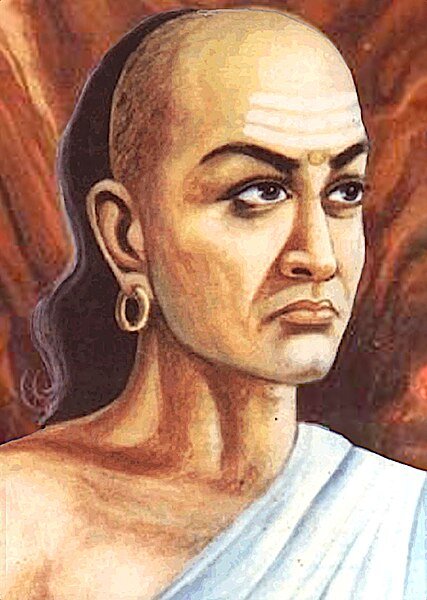
Chandragupta’s rise to power is a story of ambition, strategy, and military prowess. With Chanakya’s guidance, he launched a campaign to overthrow the Nanda dynasty. The Sthaviravalicaritra describes an initial failed siege of Pataliputra, the Nanda capital, which taught Chandragupta the importance of first securing outlying districts before advancing to the enemy’s stronghold. The Arthashastra, attributed to Chanakya, details the strategic and diplomatic maneuvers that helped Chandragupta seize the throne.
After consolidating power in the outer regions, Chandragupta advanced on Pataliputra, defeated the Nanda rulers, and established himself as king. The Puranas assert that the Nandas were of low origin and that Chandragupta was installed by Chanakya as a legitimate Kshatriya ruler. His victory marked the beginning of the Mauryan dynasty and the dawn of a new era in Indian history. The Mudrarakshasa, a Sanskrit play by Vishakhadatta (dated between the 4th and 8th centuries CE), also describes how Chanakya orchestrated Chandragupta’s rise to power.
Geographic Expansion

Chandragupta’s conquests extended across an unprecedented territory. He became the first Indian ruler to govern an empire larger than even British India. Chandragupta’s empire included the territory up to Persia, encompassing what are now parts of Afghanistan and Balochistan. He gained territory that included the cities now known as Kabul, Kandahar and Herat.
Conflict and Treaty with Seleucus

One of the most defining events of Chandragupta’s reign was his encounter with Seleucus I Nicator, a general of Alexander the Great who had taken control of parts of Alexander’s eastern empire. Between 305 and 303 BCE, Chandragupta and Seleucus clashed near the Indus River. Graeco-Roman sources, including Strabo and Justin, provide the primary accounts of this conflict.
While later Indian historians presented Chandragupta as the clear victor, the historical record remains ambiguous. There is no definitive evidence of a decisive victory for either side. However, a treaty was negotiated, marking a significant diplomatic achievement. As part of the treaty, Chandragupta married Seleucus’ daughter, Helena, and gifted Seleucus 500 war elephants. The treaty also defined the eastern boundary of Seleucus’ empire and confirmed Chandragupta’s sovereignty over the regions he had conquered.
Administration and Governance
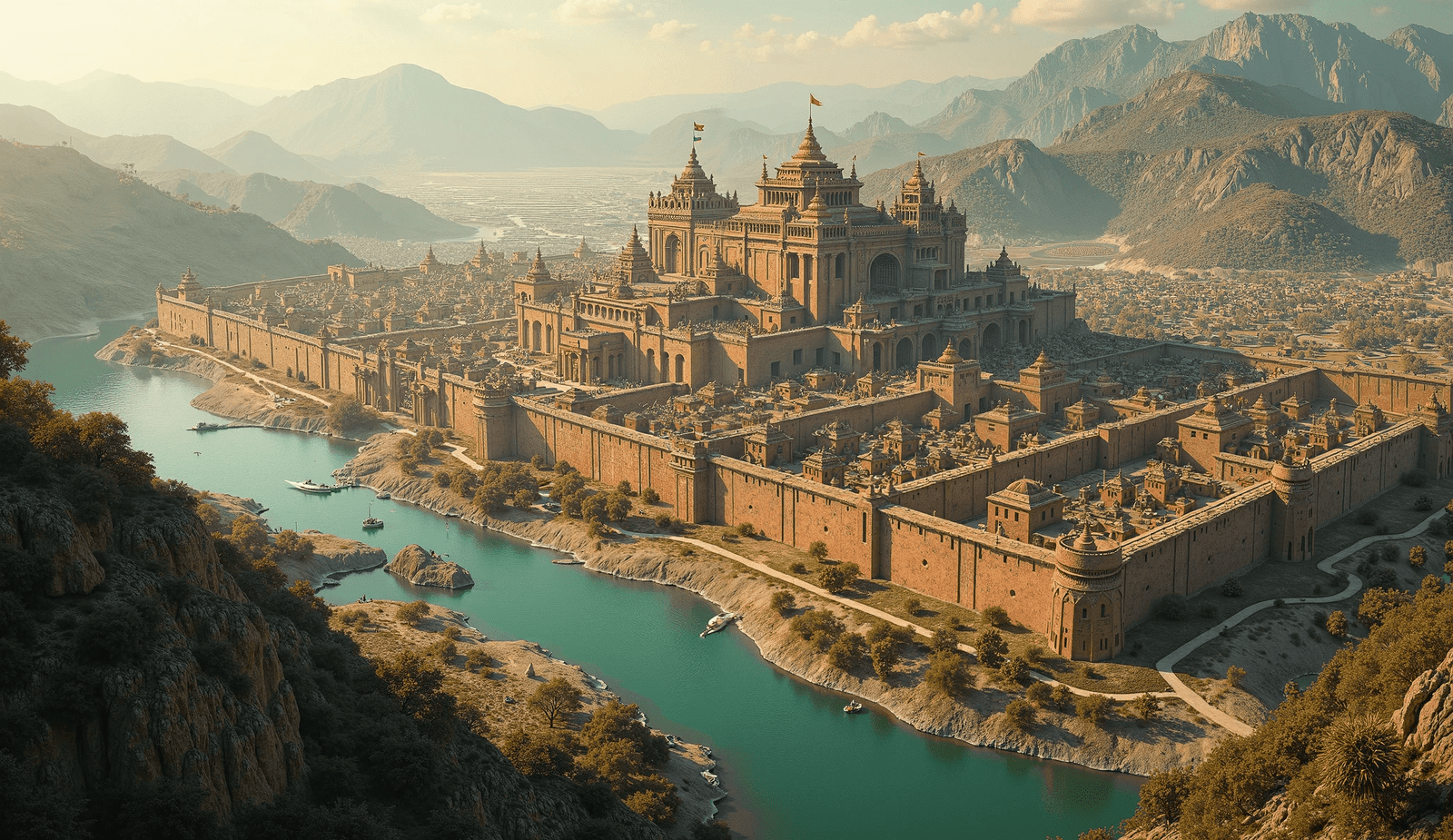
Chandragupta’s reign is noted for its well-organized and centralized administration. His empire was divided into provinces and viceroyalties, each governed by appointed officials. A council of ministers (Mantriparishad) assisted in governance, while a structured bureaucracy managed various administrative tasks. The Arthashastra provides detailed insights into this system, describing taxation, espionage, and military organization.
The Greek ambassador Megasthenes, who visited Chandragupta’s court, recorded his observations in Indica, describing Pataliputra as a grand and well-planned city with an efficient administrative system. He noted the presence of a large army, an extensive bureaucracy, and a sophisticated judicial system. His accounts also offer glimpses into the social, economic, and religious life of Mauryan India.
Wife and Children
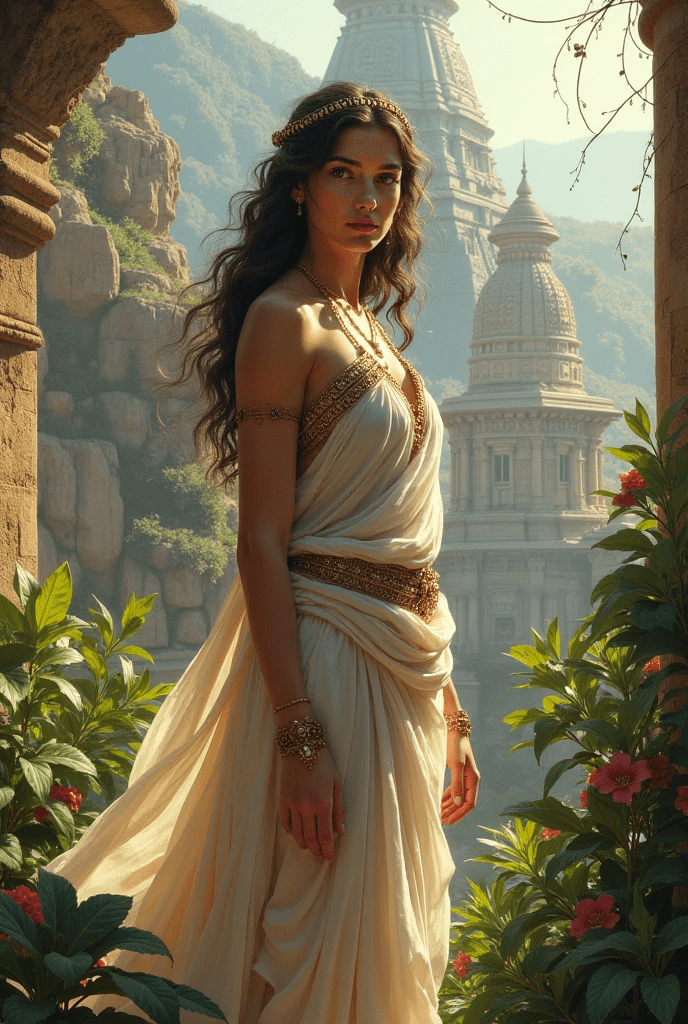
Chandragupta Maurya is believed to have had at least one confirmed wife and possibly another, according to various historical and later sources. Jain texts mention Durdhara as his queen and the mother of his son Bindusara, who succeeded him as emperor.
Another widely mentioned but historically uncertain wife is Helena, often identified as the daughter of Seleucus I Nicator. Greek sources confirm that Seleucus gave a daughter in marriage to an Indian ruler as part of his treaty with Chandragupta, but they do not specify the name or confirm whether Chandragupta himself married her. The idea of Helena as his wife appears in later Persian and colonial-era texts rather than in primary sources.
As for Chandragupta’s children, Bindusara is the only confirmed son in historical records. No evidence exists regarding other children. His lineage continued through Bindusara, who later fathered Ashoka, one of India’s greatest emperors.
Later Life and Death
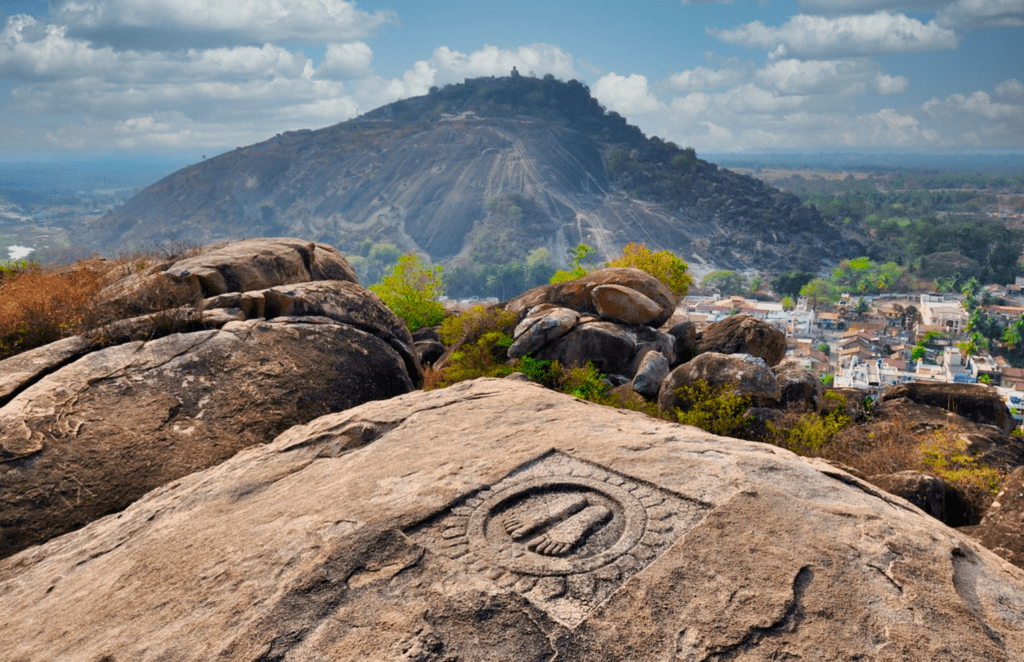
According to Jain tradition, Chandragupta converted to Jainism in his later years, abdicating the throne in favor of his son, Bindusara. He is said to have traveled south with the Jain monk Bhadrabahu to Sravana Belgola, where he practiced Sallekhana, the Jain ritual of fasting to death. However, this story only appears in Jain texts written centuries after his time, and earlier sources do not corroborate it. Thus, the historical accuracy of his conversion and death remains uncertain.
Legacy and Interpretations
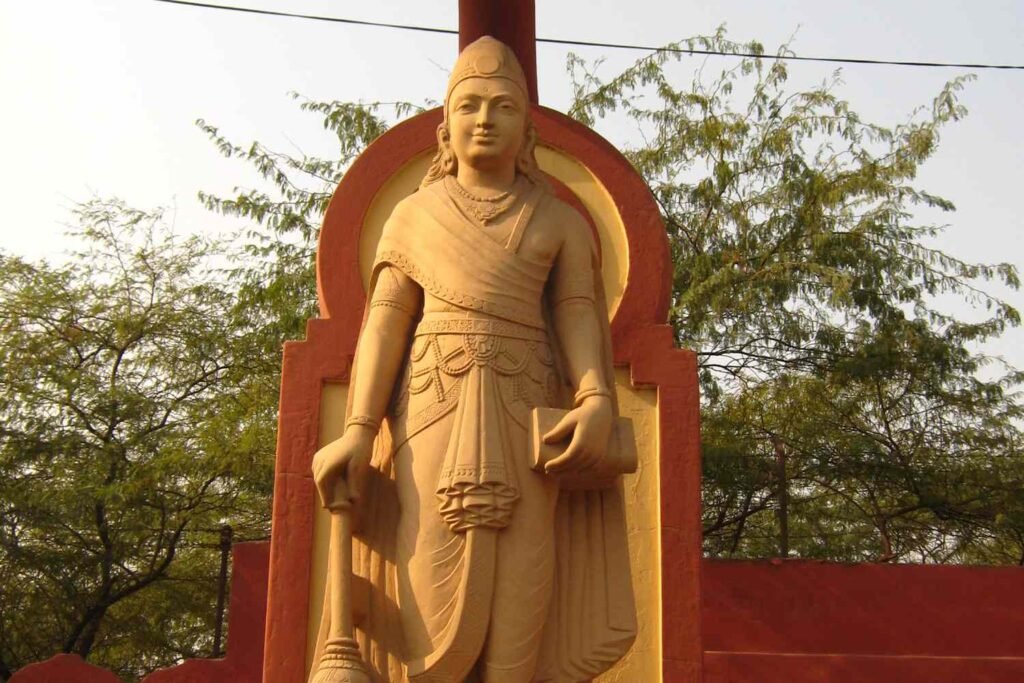
Chandragupta Maurya’s legacy is multifaceted. He is remembered as the founder of the Mauryan Empire, a unifier of India, and a ruler who laid the foundation for a centralized administrative system. However, interpretations of his reign have evolved over time. During British colonial rule, some European historians depicted him as a ruler who was defeated by the Greeks.
In response, Indian historians reimagined him as a national hero who resisted foreign invasion. This reinterpretation gained traction during the Indian independence movement, with figures like Jawaharlal Nehru invoking Chandragupta’s legacy to inspire nationalist sentiment. His image has been further popularized through literature, films, and memorials. The Laxminarayan Temple (Birla Mandir) in Delhi even features a statue of Chandragupta Maurya.
Conclusion
Chandragupta Maurya’s life is a compelling tale of ambition, conquest, and governance. His journey from obscurity to emperorship, his military campaigns, and his administrative reforms showcase his remarkable capabilities. Yet, his story is also shaped by evolving historical narratives, reflecting the biases and perspectives of different eras. He remains one of the most significant figures in Indian history, whose legacy continues to be debated and reinterpreted.
Sources
Jansari, Sushma. Chandragupta Maurya: The Creation of a National Hero in India. UCL Press, 2023.
Mookerji, Radha Kumud. Chandragupta Maurya and His Times. Motilal Banarsidass, 2016.
